I got here from a link in your comment on a different question, where you asked:
you mentioned that code-first & database-first is "technically possible" could you explain how to accomplish that?
First, the context of the other question was completely different. The OP there was asking if it was possible to use both database-first and code-first methodologies in the same project, but importantly, not necessarily the same context. My saying that it was "technically possible" applies to the former, not the latter. There is absolutely no way to utilize both code-first and database-first in the same context. Actually, to be a bit more specific, let's say there's no way to utilize an existing database and also migrate that same database with new entities.
The terminology gets a bit confused here due to some unfortunate naming by Microsoft when EF was being developed. Originally, you had just Model-first and Database-first. Both utilized EDMX. The only difference was that Model-first would let you design your entities and create a database from that, while Database-first took an existing database and created entities from that.
With EF 4.1, Code-first was introduced, which discarded EDMX entirely and let you work with POCOs (plain old class objects). However, despite the name, Code-first can and always has been able to work with an existing database or create a new one. Code-first, then is really Model-first and Database-first, combined, minus the horrid EDMX. Recently, the EF team has finally taken it a step further and deprecated EDMX entirely, including both the Model-first and Database-first methodologies. It is not recommended to continue to use either one at this point, and you can expect EDMX support to be dropped entirely in future versions of Visual Studio.
With all that said, let's go with the facts. You cannot both have an existing database and a EF-managed database in a single context. You would at least need two: one for your existing tables and one for those managed by EF. More to the point, these two contexts must reference different databases. If there are any existing tables in an EF-managed database, EF will attempt to remove them. Long and short, you have to segregate your EF-managed stuff from your externally managed stuff, which means you can't create foreign keys between entities in one context and another.
Your only real option here is to just do everything "database-first". In other words, you'll have to just treat your database as existing and manually create new tables, alter columns, etc. without relying on EF migrations at all. In this regard, you should also go ahead and dump the EDMX. Generate all your entities as POCOs and simply disable the database initializer in your context. In other words, Code-first with an existing database. I have additional information, if you need it.


